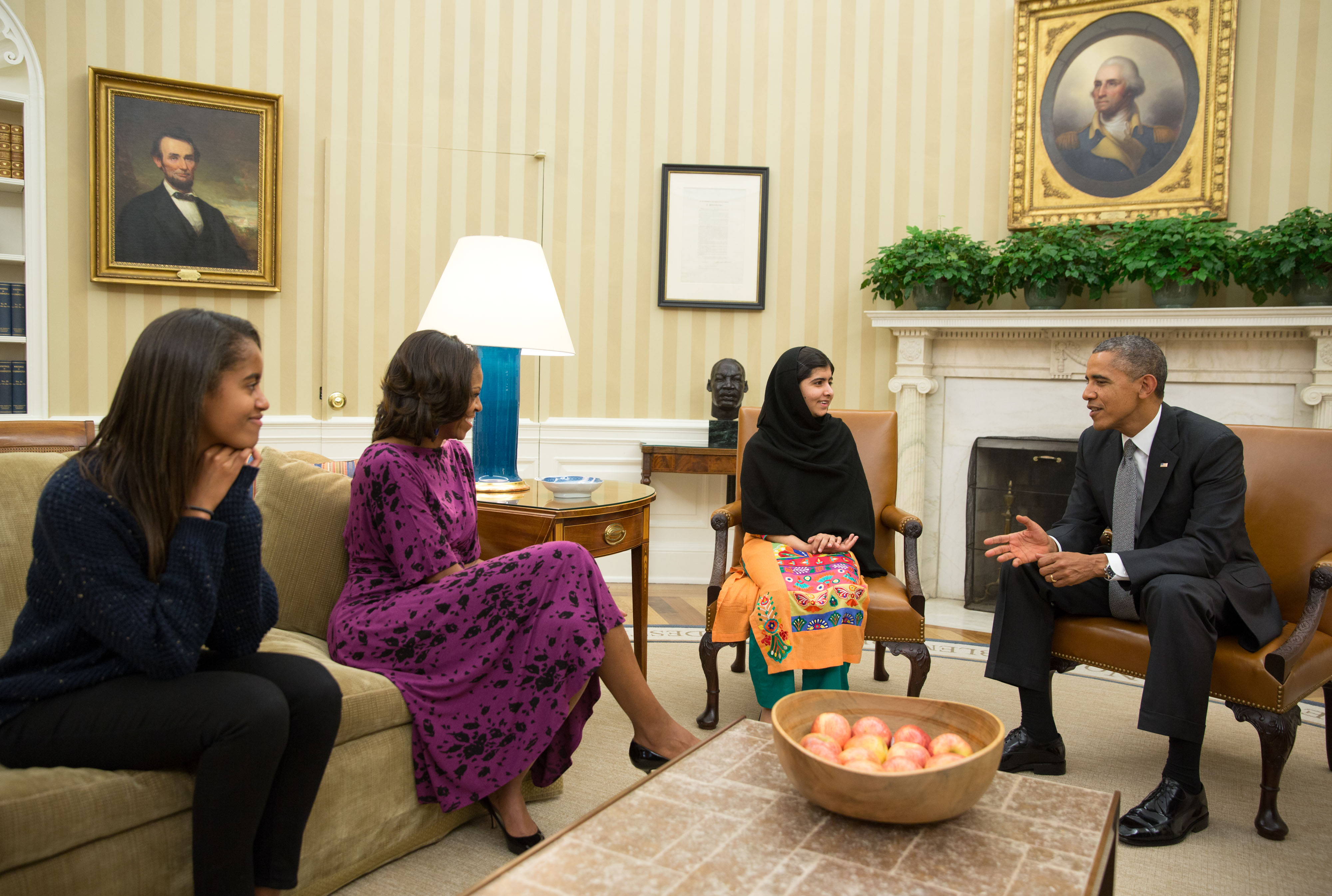WHAT YOU MIGHT NOT HAVE THOUGHT OF MALALA YOUSAFZAI: The High Art of Blogging
The constant music of waves and the lull of the sea-wind make
the best combo for a beautiful day. Suppose you really had a very enjoyable day
on a beach. And you wish you may never forget the joy and peace you
experienced.
Is there a way one can extent the moments of inexplicable joy
and harmony on a daily basis? One of my friends said, yes; write it down. By
writing about those moments in a diary or a personal journal, we are keeping
those moments registered, first hand, in words that can be read again, so we
could feel the excitement of those moments, living in our memory.
What if you could double that joy by sharing your experience
with someone else? or if you could share your experience to more than one
individual at a time. Isn’t this a good proposition?
Some of our experiences are longer than a tweet or deeper than a
Facebook status emoticon. Blogging is different. It is the next step. Yes,
indeed, this early bird in social media networking still works and has a space
of its own in our culture. Blogging came to existence even before the first
tweets were heard. Then, for some time the world forgot about what this tool is
capable of.
When individuals wanted to communicate more and with longer
vocabulary, blogs came up to popularity again. More than revolutionizing social
media networking, blogs became the very seed for revolutions across the world.
Malala Yousafzai, the girl who took bullets from Taliban, was a blogger.
It is true, in my view, that Twitter, Facebook, and many similar
portals revolutionized internet communication. Blogs did not belong in this
region at all. Although some bloggers use Facebook, Linked in and other media
outlets as their blogging platforms, these outlets are temporary fixes. You
will find more on these below. Real blogs are still running well along with
free blogging platforms such as blogger.com and wordpress.com. One of the
fundamentals of blogging is to share and be shared. At the heart of this theme
lies the same desire that drives millions of people travel around the world,
dig deeper in their surroundings, meet people, play football, act in movies, or
write books. It’s the archetype of the Holy Communion that is at work here, at
a very subjective level. The desire is to be connected with the ‘Other’.
What is it that we feel under the graceful presence of this
communication? What joy does it give us!
 In our century, the social animal has an array of options to get
in touch with others. However, the mode of this interaction and the involvement
of the person in it depend on the medium. Blogging provides a very personal way
of communicating to the world one’s deeply cherished thoughts, and emotionally
moving anecdotes by keeping a distance that appears almost impersonal at the
same time. This paradox makes blogging all the more impressive and full of
hope. A blog could act as a daily, weekly, or monthly publishing outlet for the
individual. Due to the vastness of the space available for updating data, in
various websites that offer free blogging spaces what is personal can really
achieve beyond what a personal tweet can’t. Often. A very good example comes to
my mind. Author Paulo Coelho’s webpage is not much popular compared to his
blog. Well, he owns the server that hosts his blog; however, millions visit the
blog, every week, if not every day.
In our century, the social animal has an array of options to get
in touch with others. However, the mode of this interaction and the involvement
of the person in it depend on the medium. Blogging provides a very personal way
of communicating to the world one’s deeply cherished thoughts, and emotionally
moving anecdotes by keeping a distance that appears almost impersonal at the
same time. This paradox makes blogging all the more impressive and full of
hope. A blog could act as a daily, weekly, or monthly publishing outlet for the
individual. Due to the vastness of the space available for updating data, in
various websites that offer free blogging spaces what is personal can really
achieve beyond what a personal tweet can’t. Often. A very good example comes to
my mind. Author Paulo Coelho’s webpage is not much popular compared to his
blog. Well, he owns the server that hosts his blog; however, millions visit the
blog, every week, if not every day.
The category of information shared on blogs varies a great deal.
Content is not the Ultimate Selling Point for blogs. What makes a blog visible
in Google and other search engines is the number of relevant hits it has
received. In order to attract more traffic to one’s blog three important rules
will help. I would like to share these three important rules here, for any
newbie or experienced blogger who is looking for a way to increase one’s page
views. I call this golden rule, The Rule
of Three Cs.
….
An Excerpt from UNCLASSIFIED
INTELLIGENCE: August-September, 2014








Comments